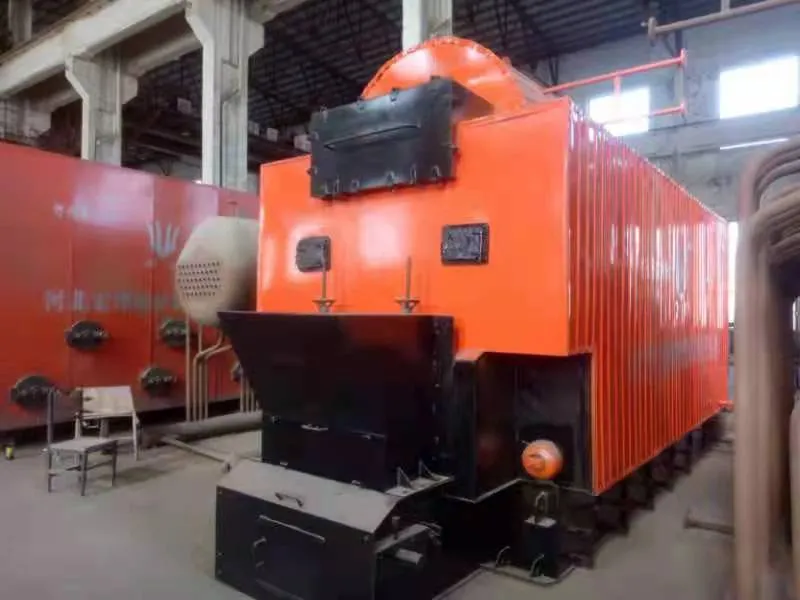
Okt . 06, 2024 02:47 Back to list
gas fired hot water boiler diagram
A gas-fired hot water boiler is a vital component in residential and commercial heating systems. Its primary function is to generate hot water for heating purposes, whether for domestic use or to fuel a central heating system. Understanding the diagram of a gas-fired hot water boiler can provide insights into its operation, components, and maintenance.
The main components of a gas-fired hot water boiler include the burner, heat exchanger, thermostat, expansion tank, and circulation pump. The burner is where the gas is ignited to produce a flame, which serves as the heat source. The heat exchanger, typically made of metal, transfers the heat from the combustion gases to the water, allowing for efficient heating. As the water absorbs heat, its temperature rises and it is circulated throughout the building.
The thermostat regulates the temperature of the water in the system. It detects the water temperature and sends signals to the burner to turn on or off, ensuring that the water remains at the desired temperature. This feature enhances energy efficiency and helps maintain consistent heating.
An expansion tank is also essential in a gas-fired hot water boiler system. As water heats up, it expands, leading to increased pressure in the system. The expansion tank accommodates this excess pressure, preventing damage to pipes and fixtures. This safety feature is crucial for long-term operation.
gas fired hot water boiler diagram

The circulation pump aids in moving the hot water throughout the building. It works in conjunction with the heating system, ensuring that warm water reaches radiators or underfloor heating systems without any delay. Proper maintenance of the pump is critical to avoid breakdowns and ensure efficient operation.
In addition to understanding the components, it is also important to recognize the necessary maintenance practices for gas-fired hot water boilers. Regular inspections should be conducted to check for leaks, corrosion, and other potential issues. Flushing the system periodically can remove sediment build-up, which can impede efficiency and reduce the lifespan of the boiler.
In conclusion, a gas-fired hot water boiler is an intricate yet essential part of modern heating systems. Familiarizing oneself with the diagram and key components can empower users to optimize performance and ensure safety in their operations. Whether for a cozy residential home or a bustling commercial space, understanding the fundamental workings of these boilers is crucial for efficient and effective heating. Regular maintenance and attention to detail will prolong the life of the boiler and enhance energy efficiency, ultimately leading to lower heating costs and a more comfortable environment.
-
Best Steam Boiler Design PDF Free Design Calculation & Diagram Downloads
NewsJun.10,2025
-
Hot Boiler Water Heater Efficient Heating Solutions for Home & Commercial Use
NewsJun.10,2025
-
Steam Boiler Safety Devices High-Quality Protection Valves
NewsJun.10,2025
-
Ultimate Steam Boiler Checklist for Safety & Efficiency
NewsJun.10,2025
-
Optimal Hot Water Boiler Temperature Setting Guide
NewsJun.10,2025
-
Effective Hot Water Boiler Chemical Treatment Protect & Maintain
NewsJun.09,2025
Related PRODUCTS






















